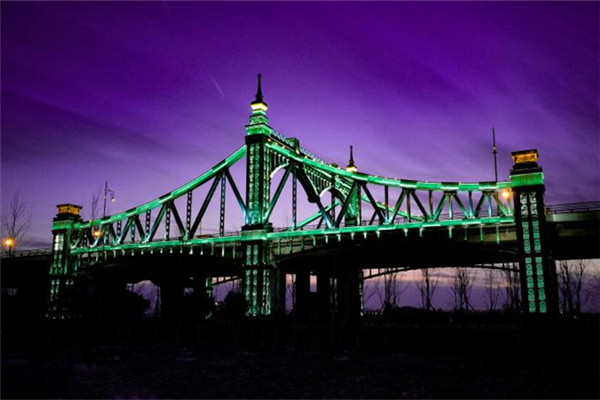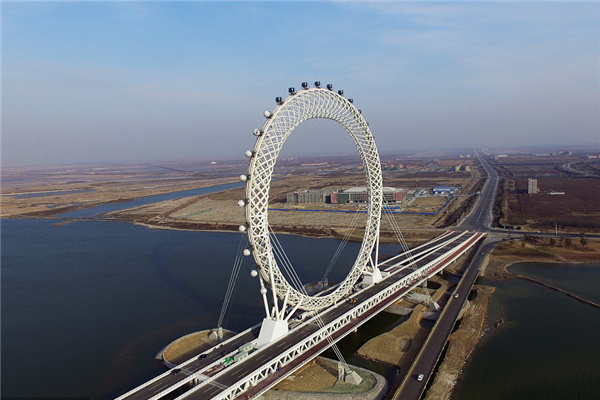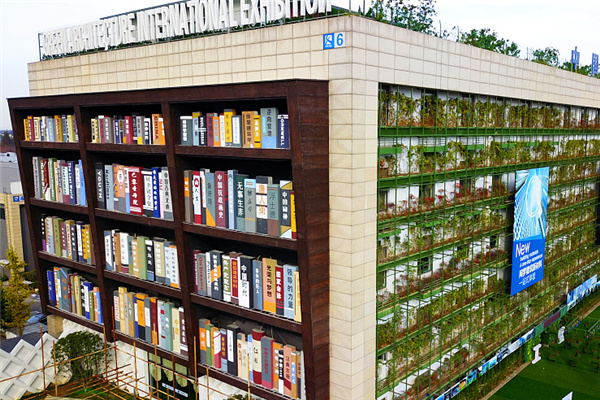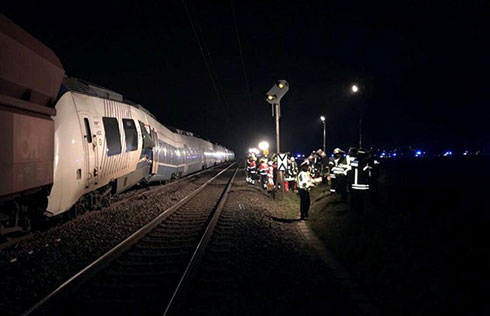

|
A canal barge passes through the port of Rotterdam, The Netherlands. Bloomberg News |
ROTTERDAM: From long lines of barges and traffic jams to falling cargo volumes and quieter terminals, Rotterdam worker Johan Blinde has seen a struggle with overload at Europe's biggest port turn into a fight for business.
In past years, he saw bottlenecks at terminals handling booming imports from Asia often forcing frustrated shippers to wait for days to unload. With cargo volumes down 13 percent so far in 2009, they can easily be in and out within 24 hours.
Meanwhile, dredgers are pumping millions of tons of sand into the North Sea to reclaim land for a 3 billion euro ($4 billion) extension designed to avoid the choked conditions the port has faced in the past.
"The congestion is completely over," said Blinde, Rotterdam operations manager for South Korean shippers Hanjin Shipping.
"There is less burden at the wharf, and we have fewer calls from vessels compared to last year," he said. "Now everyone is fighting for business."
The port's authority is pressing ahead with plans to increase its usable area by 20 percent. The port sees the trade slump in a slowing global economy as a temporary breather that gives it time to be ready when growth resumes.
"The downside has an upside: We can now prepare ourselves for the next period of growth," Hans Smits, chief executive of the port, said in an interview.
"In the last couple of years, growth was so strong that we had a lot of obstacles handling these enormous flows of goods. Now we can solve the problem for when the recovery is there."
Rotterdam port is an engine for the export-oriented Dutch economy, helping to keep up the flow of beer, dairy products and tulip bulbs to the world while also serving as a key gateway to Europe for all sorts of commodities and finished products.
Its extension is set to add up to 20,000 jobs to more than 250,000 it already provides directly and indirectly, and will bolster The Netherlands' position as the world's 16th largest economy.
At stake is also the port's share of trade in Europe, as rivals similarly prepare for a pick-up. Rotterdam handled about 35 percent of trade through the northwestern region in 2008 compared with Antwerp's 16 percent and Hamburg's 12 percent.
Bulldozers are busy distributing 250 million tons of sand evenly over the reclaimed islands of the Maasvlakte 2 extension, which will require 7 million tons of stone and 20,000 concrete blocks for its construction.
Meanwhile, Smits expects it will take between three and four years for cargo volumes to return to the 420-million-ton level reached last year, which should coincide with the expected docking of the first ship in the new harbor in 2013.
With its peers, Rotterdam had faced criticism in the past for not investing enough, and analysts said a priority was to improve facilities for handling containers, which mainly carry manufactured goods, and to improve links out of the port.
Opportunity
"This downturn presents an opportunity for Rotterdam and other ports in northern Europe to restructure themselves and become more efficient in the handling of container trade," said shipping analyst Marc Pauchet from maritime consultants MSI.
Containers carry products ranging from electronics to toys, and food is also increasingly transported this way. Rotterdam is a popular transfer spot for ships because of its deep-water docks and short access route from the sea to terminals.
Ports in Asia such as Shanghai, which in 2005 assumed the title of world's biggest port that Rotterdam had held since 1962, are gearing up quickly to deal with many large container vessels. European ports have some catching up to do, analysts said.
"As vessels grow larger and bigger and have the capacity, in order to attend to the vessels the ports need to invest in infrastructure like cranes and dredging," Pauchet said.
Rotterdam's location, facilities and investment, aimed at eventually doubling its capacity to handle containers, should help the Dutch port to shine in Europe, analysts said.
"Its proximity to the main shipping routes and its access to the European market, not just by road and rail but by inland waterway connections, are pretty much unrivaled in northern Europe," said Neil Davidson, director of ports at Drewry Shipping consultants.
Other European ports, such as Le Havre in northwestern France, Antwerp in Belgium and Hamburg and Bremerhaven in Germany, could also gain market share in coming years.
"Ports like Hamburg and Bremerhaven have advantages in their locations. They have a strong base inland towards Germany, and a large chunk of the shipments that arrive into Rotterdam are destined for Germany," Pauchet said.
The challenge for Rotterdam as it carries out its expansion project will be to find the right pace to match capacity to demand requirements, Davidson said.
Reuters
(China Daily 07/27/2009 page11)













